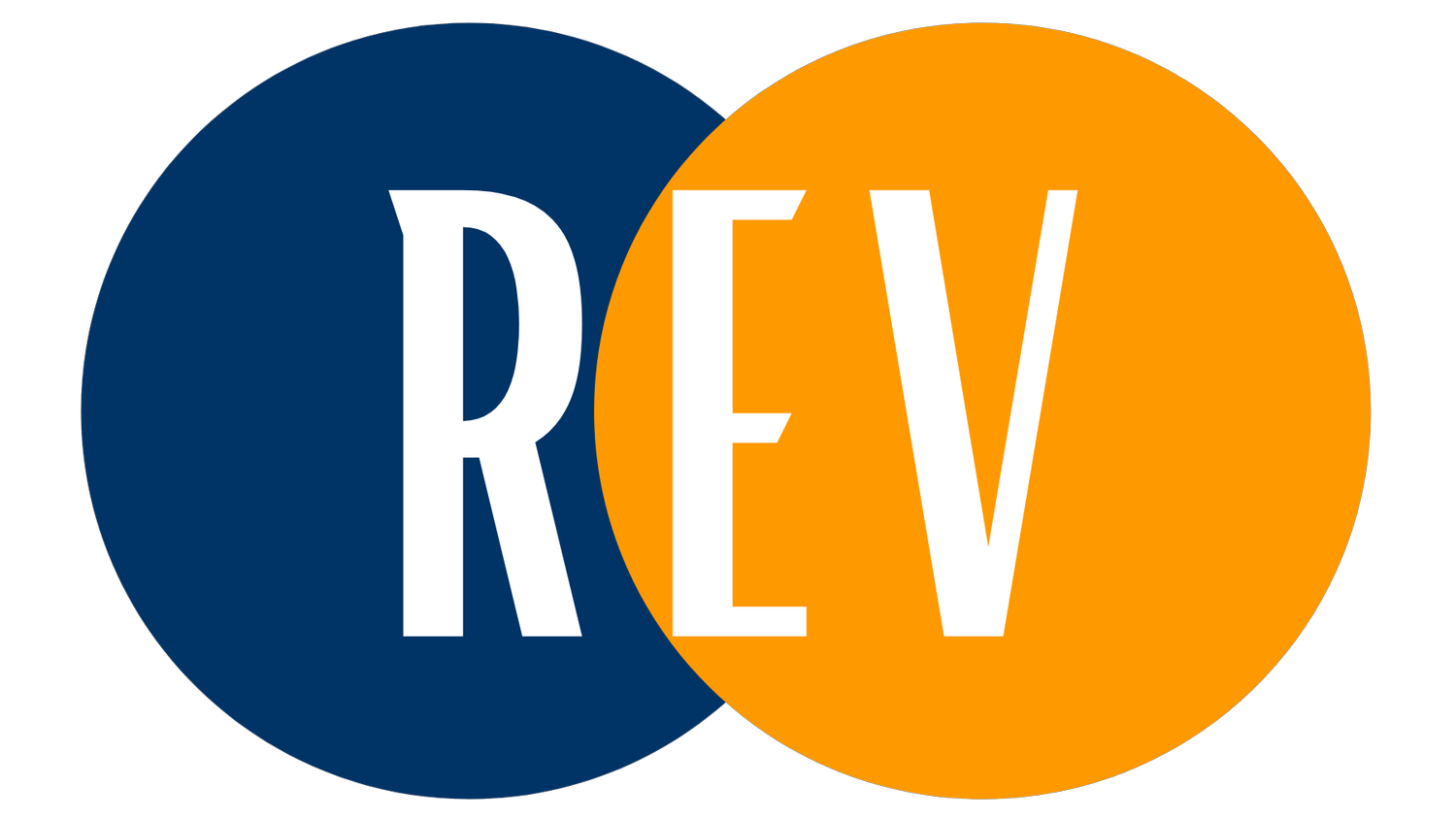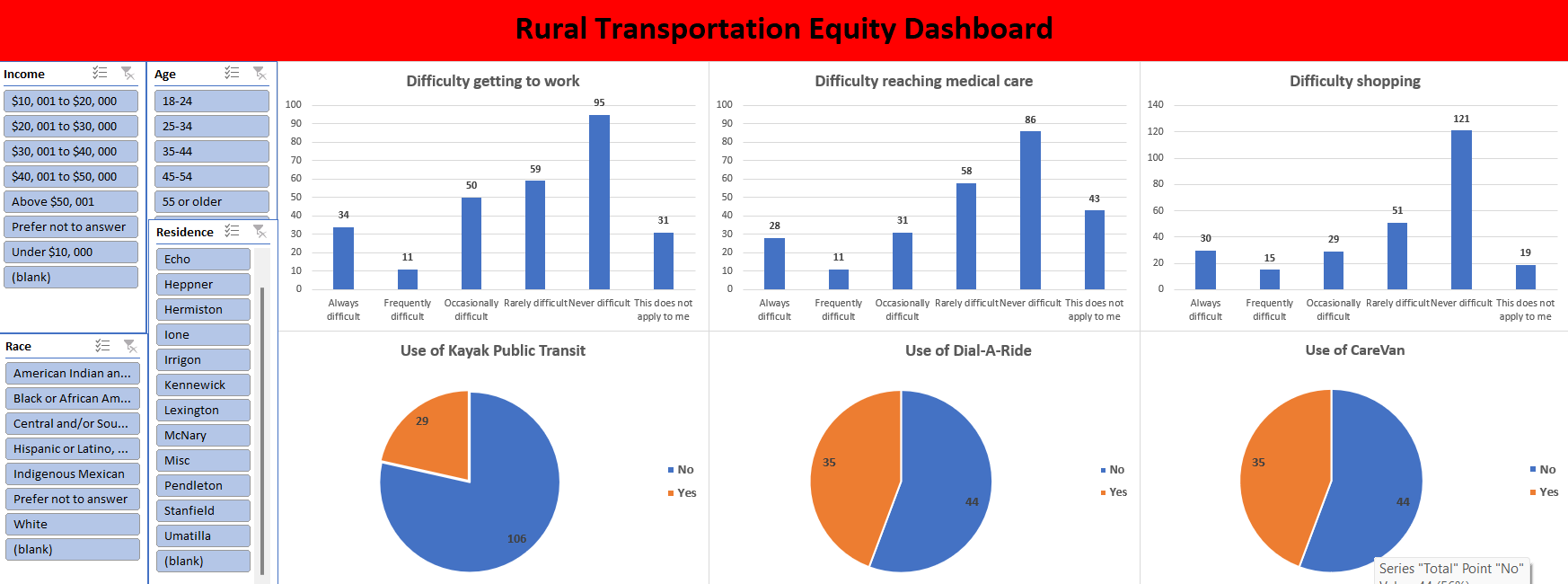Resources
Rural Engagement & Vitality 2023 Annual Report
The Rural Engagement & Vitality 2023 Annual Report provides highlights from the last year of our work in eastern Oregon to enhance the vitality of the region and develop tomorrow’s leaders and rural workforce.
AUTHORS: REV
PUBLISHED BY: REV
DATE: January 2024
Rural Transportation Equity Dashboard
Data gathered while compiling the Rural Transportation Equity in Morrow County (below) contained a great deal of demographic about the populations in the geographic region the REV Center serves. Download the interactive data presented in the report.
AUTHORS: REV
PUBLISHED BY: REV
DATE: November 2023
Rural Transportation Equity in Morrow County
The Oregon Department of Land Conservation and Development’s Rural Transportation Equity program is designed to address the needs of transportation-challenged populations in rural areas and improve access to services for these groups. In Morrow County, the Project Management team found that there is a general lack of awareness of the transportation options available as well as a low utilization of existing services. Under a new model with the Rural Engagement & Vitality Center and Euvalcree, a culturally specific organization, the project sought to make public engagement and planning efforts more inclusive, particularly for traditionally underserved groups.
AUTHORS: EOU, REV
PUBLISHED BY: REV
DATE: November 2023
Blues Intergovernmental Council Final Socioeconomic Report
The Oregon Department of Land Conservation and Development’s Rural Transportation Equity program is designed to address the needs of transportation-challenged populations in rural areas and improve access to services for these groups. In Morrow County, the Project Management team found that there is a general lack of awareness of the transportation options available as well as a low utilization of existing services. Under a new model with the Rural Engagement & Vitality Center and Euvalcree, a culturally specific organization, the project sought to make public engagement and planning efforts more inclusive, particularly for traditionally underserved groups.
AUTHORS: EOU, Ecosystem Workforce Program, REV, Wallowa Resources
PUBLISHED BY: REV
DATE: August 2023
Get Outside! Promoting Adolescent Health through Outdoor After-School Activity
Abstract:
Background: The Get Outside: After School Activity Program (GO-ASAP) exemplifies how a rural community can utilize its natural resources and community partnerships to promote adolescent health. Results: (1) Increasing Health-Related Competencies. Students increased their physical activity, improved their sleep, perceived less stress, and reported changes in dietary habits and electronic use. (2) Increasing Social Relatedness. Students made new friends, felt more connected, and spent less time home alone after school. (3) Increasing Autonomy and Intrinsic Motivation. Students recognized their emerging capabilities, and their increased confidence stimulated more action-oriented behavior. Parent-perceived changes support and mirror student reports. Conclusion: Outdoor, nature-based, activity programs are a novel upstream approach to promote adolescent health, especially in rural communities where natural resources often exceed health-service resources and community partnerships are a way of life.
AUTHORS: Patricia Ann Barfield, Katelyn Ridder, Justin Hughes, and Kelly Rice-McNeil
PUBLISHED BY: International Journal of Environmental Research and Public Health
DATE: July 2021






